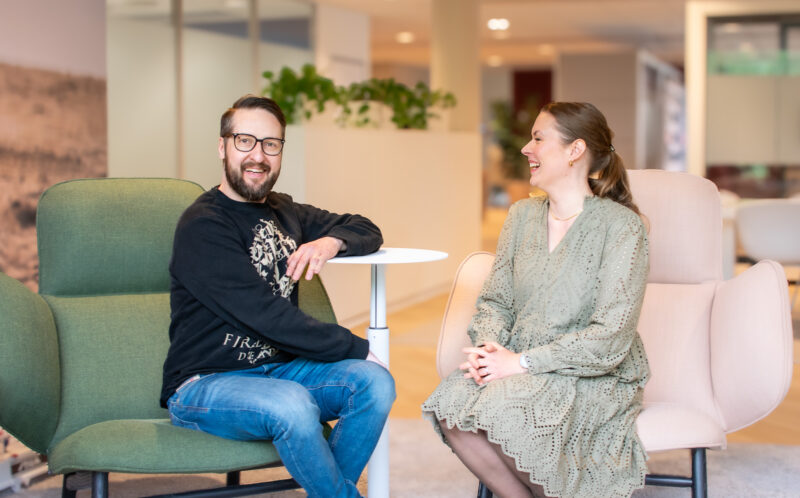Deciding it, Fast and Slow
Daniel Kahneman, the Nobel laureate known for his work on behavioral economics, describes in his book “Thinking, Fast and Slow” many insightful experiments demonstrating that we are using two different thinking systems in our brain. The fast thinking system is about intuition and feelings, and the slow thinking system is of the deliberate, analytical, rational kind.
What applies to thinking, of course applies to decision-making as well. One could say fast-thinking decisions rely on instinct, experience, and reflexes. Slow-thinking decision-making is based on facts, rationality and calm analysis.
In our current business environment, we are experiencing a bit of a paradox in decision-making. The fast-thinking decisions often turn out too slow – and the slow-thinking decisions are becoming too fast to trust. Let me explain:
People or AI as decision-makers?
Multi-tasking, scheduling challenges and different time-zones make it difficult to bring the right people together to decide on an investment, a project budget, or a product launch. When you finally succeed to gather the decision-makers in the same room, it often happens that the decisions are still made in the fast-thinking way: hardly any attendees have had enough time to prepare properly or to think about the information provided with the decision proposal. Applied like this, the benefit of getting a decision fast is lost – and what you end up with is a decision that could have been better if the time had been used for more slow-thinking.
On the slow side of decision-making, it is clear that Data & Analytics, Machine Learning, and AI are making inroads to fully automate this decision-making process. Ignoring available data and insights that can be created through e.g. A/B analysis in your decision-making process opens the door for your competitors to do things better.
The evolution in this domain is happening so fast that we are still struggling to comprehend it. Soon algorithms will make decisions on your behalf – and you need to decide if you can trust these decisions.
The best of both worlds: synchronizing fast and slow decision-making
An ideal decision-making process combines the fast and slow worlds. Without the emotional feel-good about a decision, numbers and analysis alone will not create the required commitment to execute the decision.
Sofigate’s ROUNDTABLE is a methodology to get the best out of both worlds. Having the right decision-makers in the same virtual environment saves the time needed to schedule and meet. Facilitating the decision-making process through small assignments makes it easier for the participants to digest and internalize the relevant information.
Through discussions, commenting, brainstorms, and a social media-like user interface, the fast-thinking decision-making is channeled into well-summarized findings. You gain value from the collective experience, intuitions, and the prevailing sentiments of the contributors regarding the topic at hand. It becomes easier to create commitment to the final decision proposal.
In ROUNDTABLE, the slow-thinking decision-making side is encouraged by assignments that present, in the right context, supporting data from business intelligence reports, algorithms, and other sources.
This data turns into insights when the participants can rate how trustworthy and valuable they think it is. The outcome of this process leads to a decision proposal that has a solid, fact-based foundation.
ROUNDTABLE synchronizes the fast and slow-thinking types of decision-making, and can thus support you to make better decisions faster.
About the author
Menno Huijben is a Senior Executive at Sofigate and a concept owner of Business Technology Transformations and Data Leadership.
Menno is interested in the realm of decision-making in business, especially where data-driven meets intuition and experience. His motto is ” Don’t forget the Human Factor “


